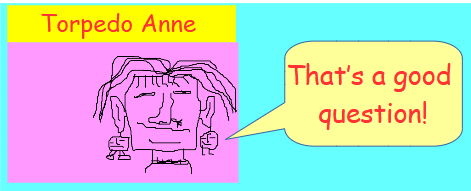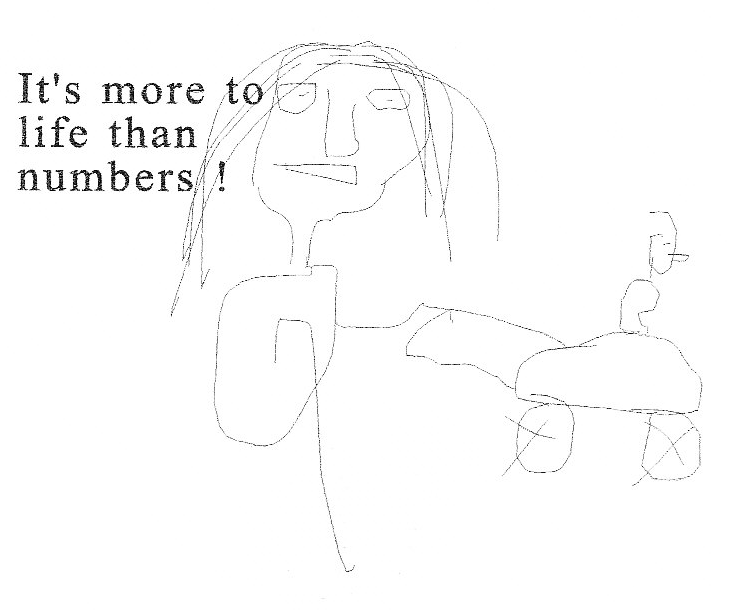page2012 Rings Matthias Lorentzen...mattegrisenforlag.com
Look at the picture beneath, then
scroll down to the question and click the correct Answer button.


Exercises: Ideals , Extensions & Vector Spaces
Exercise
Let us start with an exercise that bridges the concepts of ideals , simple extension fields,
and introduces vector spaces.
Exercise:Exploring a field E as a Vector Space.
Let F = `QQ` be the field of rational numbers. Consider the polynomial
`p(x) = x^2 - 2` `in QQ[x]`.
1. Show that the ideal `I = langle p(x) rangle` generated by p(x) in `QQ[x]` is a maximal ideal.
2. Deduce that the quotient ring `K = QQ[x]"/" I` is a field. This is a simple extension field of `QQ`.
3. Demonstrate that K is a vector space over `QQ`.
4. Find a basis for K as a vector space over `QQ` and determine its dimension.
Detailed Solution (including explanation of Vector Space theory used):
Before we dive into the solution , let us briefly revisit the definition of a Vector Space.
Introduction to Vector Spaces (Theory):
A vector space (or linear space) V over a field F is a set V equipped with
two operations:
1. Vector Addition: For any u , v `bb in V` , there is a unique element `bb {u + v in V}`.
2. Scalar Multiplication: For any c `in F` and u `bb {in V}` , there is a unique element
`c bb {u in V}`.
Continuing:
Key Concepts related to Vector Spaces:
Subspace:
A non-empty subset W of a vector space V is a subspace if W is itself a vector space under
the operations of V. This usually requires checking closure under addition and
scalar multiplication.
Linear Combination:
A vector v is a linear combination of vectors `v_1 , ... , v_n` if `v = c_1 v_1 + ... + c_n v_n`
for some scalars `c_1 , ... , c_n in F`.
Span:
The set of all linear combinations of a set of vectors S = {`v_1 , ... , v_n`} is called the
span of S , denoted span(S).
Linear Independence:
A set of vectors S = {`v_1 , ... , v_n`} is linearly independent if the only way to form
the zero vector as a linear combination is when all scalars are zero:
`c_1 v_1 + ... + c_n v_n = 0 rArr c_1 = 0 , ... , c_n = 0`.
Basis:
A set of vectors B = {`b_1 , ... , b_n`} is a basis for a vector space V if:
1. B is linearly independent.
2. B spans V. Meaning every vector in V can be written as a linear combination
of vectors in B.
Dimension:
The number of vectors in any basis for a vector space is called the dimension
of V , denoted `dim_F (V)`. This number is unique for a given space.
Question
Based on our discussion about the vector space structure of the quotient ring , here is a question about the key concepts involved:
A) In the context of the vector space `K = QQ[x]"/"langle x^2 - 2 rangle` over `QQ` , a basis
must be a subset of K that is linearly independent and spans the entire vector space.
B) In the context of the vector space `K = QQ[x]"/"langle x^2 - 2 rangle` over `QQ` , the basis
must be a subset of K that is linearly dependent , but must also span the entire
vector space
?
